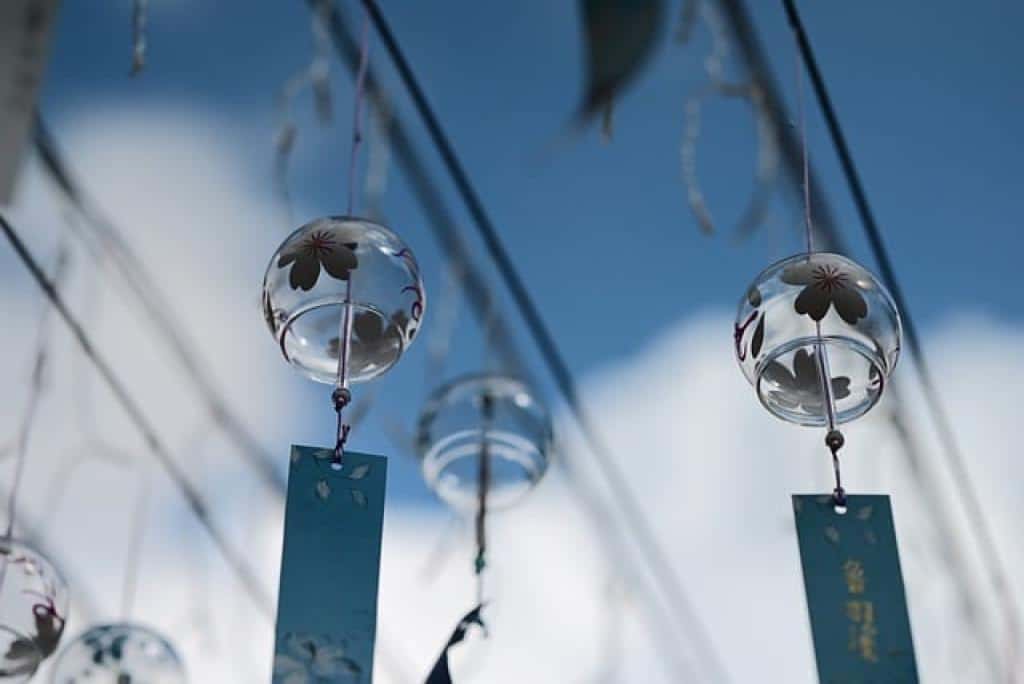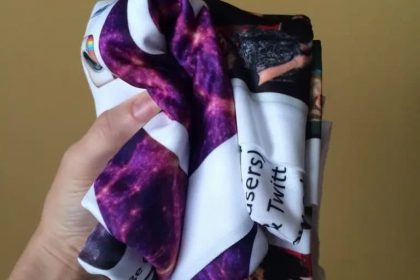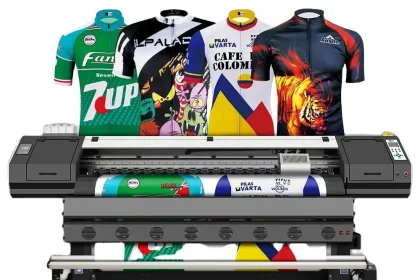In today’s fast-paced world, capturing attention is more challenging than ever, but with LED displays, you can make your message stand out like never before. These vibrant, customizable screens are transforming everything from retail spaces to corporate events.
Imagine a tool that not only grabs eyeballs but holds attention, drives interaction, and enhances experiences—all at the same time. Whether you’re promoting a product, sharing critical information, or creating an immersive environment, LED displays can be your secret weapon.
But how can you ensure you’re making the most of this powerful technology? This comprehensive guide will delve into practical tips, creative ideas, and best practices to help you maximize engagement using LED displays.
Ready to elevate your visual communication game? Let’s dive in!
Understanding the Impact of LED Displays on Audience Engagement
LED displays are more than just flashy screens—they are dynamic tools that command attention and facilitate interaction. Their vivid colors and sharp visuals naturally draw the eye, making them ideal for capturing interest in busy environments.
But what really sets LED displays apart is their versatility. These screens can showcase everything from static images to dynamic videos, and they can be easily updated to keep your content fresh. This flexibility ensures your audience is continually engaged, whether they’re browsing a store or attending an event.
Another key point is, LED displays can be interactive, encouraging viewers to touch, swipe, or engage through QR codes and other digital interfaces. This two-way interaction not only enhances the user experience but also deepens their connection to your brand or message.
The impact doesn’t stop there. Studies show that moving visuals are far more memorable than static ones. With LED displays, you can tell a story or present information in a way that sticks with your audience long after they’ve left.
In a nutshell, LED displays offer a potent combination of visibility, versatility, and interactivity, making them unmatched tools for maximizing audience engagement.
Best Practices for Content Creation to Maximize Engagement with LED Displays
When it comes to crafting content for LED displays, simplicity is key. Keep your messages clear and concise. Viewers often only have a few seconds to absorb your content, so make every word count.
Vivid, high-quality images and videos are essential. Opt for bold colors and crisp visuals that can be easily seen from a distance. Don’t overcrowd your screen—white space can help important elements stand out and make your content more readable.
Animation and movement can add a dynamic touch to your display, but use them sparingly. Too much motion can overwhelm your audience. Instead, incorporate subtle transitions to keep their attention without distracting them.
Frequency of updates matters too. Regularly refresh your content to keep it relevant and engaging. This not only holds attention but also encourages repeat views.
Make sure your call-to-action is prominent and compelling. Whether you want your viewers to visit a website, follow a social media page, or participate in an event, a strong call-to-action can drive engagement.
And don’t forget to tailor your content to your audience. Know who they are and what appeals to them. Customizing your messages to fit their interests and needs will resonate more deeply and encourage interaction.
Utilizing Interactive Features to Enhance Engagement with LED Displays
Interactive features are a game changer for LED displays. Touch screens, for example, allow users to engage directly with your content, making the experience more personal and memorable.
QR codes are another fantastic interactive element. They seamlessly bridge the gap between the physical and digital worlds. Add a QR code that links to your website, social media, or a special promotion, and viewers can quickly engage further with just a scan.
Social media integration can also boost engagement. Displaying live feeds or user-generated content on your LED displays can make your audience feel involved and valued. Running live polls or displaying social media hashtags encourages real-time interaction.
Gamification is another engaging tactic. Simple games or challenges displayed on your screen can capture attention and provide a fun way to interact with your content. Adding a competitive element, like a leaderboard, can further enhance engagement.
Consider motion sensors for a more immersive experience. These can trigger content based on audience movement, making the interaction dynamic and captivating.
Finally, make it easy for viewers to provide feedback. Whether through touch-based options or integrating text-based systems, allowing your audience to share their thoughts makes them feel heard and increases their involvement.
Measuring and Analyzing Engagement Metrics for LED Display Campaigns
Once your interactive LED display campaign is live, measuring and analyzing its performance is crucial. Understanding your engagement metrics can help you refine your strategy and boost overall effectiveness.
To start, look at touch interaction data. How often are users interacting with touch screens? Which areas or elements receive the most engagement? This information helps you understand what content resonates most with your audience.
If you’ve utilized QR codes, tracking their scan rates is essential. QR code analytics can show you how many people are taking the extra step to engage with your digital presence beyond the display.

Social Media Interaction
For social media integration, monitor your campaign’s hashtag usage and social media mentions. High levels of activity can indicate that your audience is actively engaging and sharing their experiences with your display.
When using gamification, tracking participation rates and game completions can provide valuable insights. You’ll see not just how many people started engaging, but also how many stayed interested through to the end.
Feedback systems through touch-based options or text integrations are goldmines for direct audience insights. Analyzing this feedback helps you understand what’s working and what’s not directly from the consumer’s perspective.
Finally, don’t overlook motion sensor data if you’re using it. It tells you which content pieces are attracting attention and which areas within the display space are most engaging.
By carefully monitoring these metrics, you can fine-tune your campaigns, making each successive one more effective in capturing and retaining audience attention.
The Bottom Line: Implementing Strategies for Long-Term Engagement Success
So, what’s the bottom line when it comes to creating a successful LED display campaign? It’s all about thoughtful planning, engaging content, and meticulous measuring. Start by getting to know your audience and the message you want to convey. Tailor your display to include interactive elements that make people want to stop and engage.
Don’t forget to leverage technology like QR codes and social media to extend the experience beyond the display. Gamification can be a game-changer if done right. People love interactivity, and adding a fun element can make your campaign memorable.
Once your campaign is live, keep an eye on those metrics. Everything from touch interactions to social media buzz can give you a wealth of information. Use this data to tweak and refine your content, ensuring it continues to captivate your audience.
Feedback is invaluable. Whether through direct responses via touch-screen options or social media comments, knowing what your audience thinks will help you improve continuously. The goal is to make each successive campaign better than the last.
Lastly, stay open to innovation. The world of LED displays and digital engagement is always evolving. Keep experimenting with new tools and features to keep your audiences engaged and excited.
In summary, successful long-term engagement with LED displays hinges on understanding your audience, creating compelling content, and constantly refining your approach based on detailed metrics. By following these strategies, you’re setting yourself up for long-term success in capturing and holding your audience’s attention.









